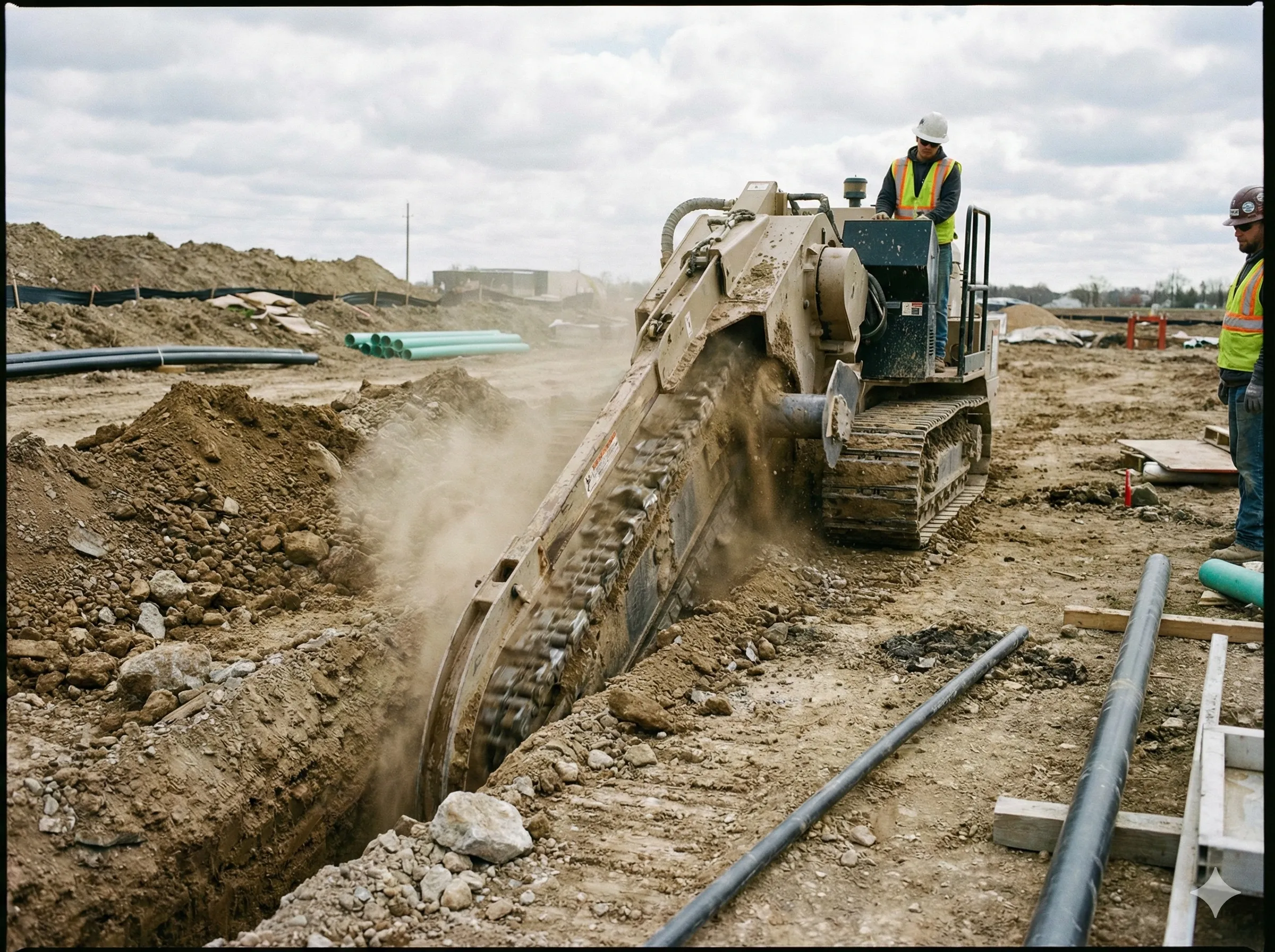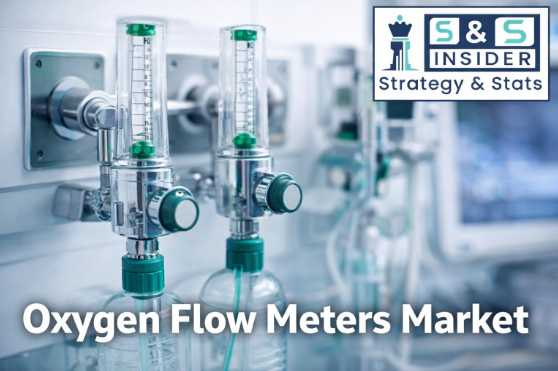In today’s digital marketplace, consumers have spoken, rating their top loyalty rewards apps across various categories. From dining delights to retail raves and travel treasures, the preferences are clear. Chick-fil-A captures hearts in the App Store for restaurants, while Domino's rules Google Play. The shopping scene sees Etsy as the darling of App Store users, with Sam's Club winning on Google Play. Travel-wise, Delta Airlines enjoys the top spot from both app aficionados.
Interestingly, the crossover of favorites like Chick-fil-A and Etsy between platforms suggests a universal charm, yet the presence of unique leaders in each store—such as Wingstop’s strong showing in the App Store without a counterpart on Google Play—reveals a fascinating divergence in consumer tastes. This pattern extends into the shopping and travel sectors, where apps like Lululemon and Target secure spots only in the App Store, emphasizing the nuanced preferences of users across ecosystems.
This summary highlights the leading loyalty apps chosen by consumers, reflecting their quest for rewarding experiences. Whether for a bite, a buy, or a boarding pass, the top apps demonstrate a blend of quality, convenience, and rewards that resonate widely. As digital loyalty landscapes evolve, these apps stand out by meeting and exceeding user expectations, setting the standard for engaging and beneficial loyalty programs.




















